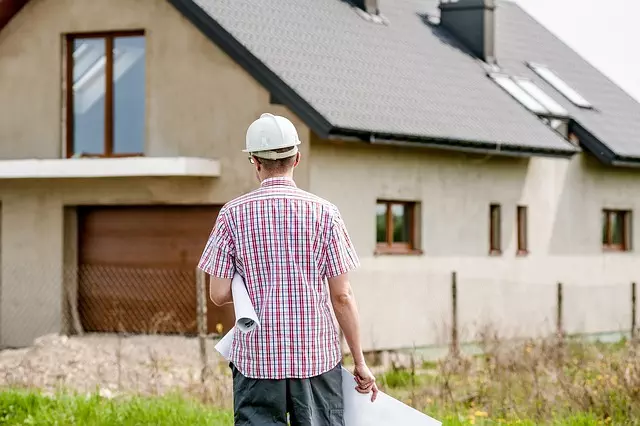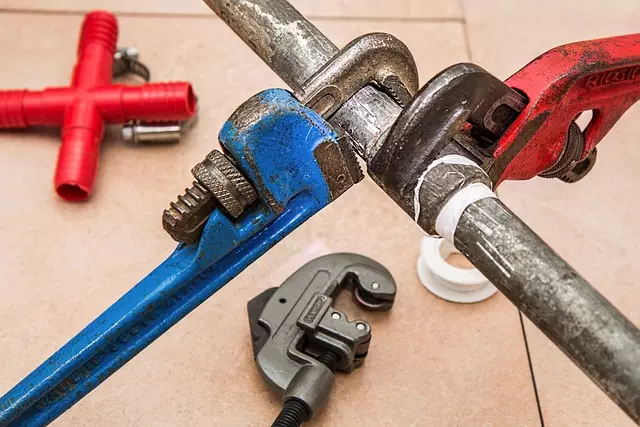Effective home repair and maintenance are key to ensuring household appliances function optimally and have a longer lifespan. Proper installation is vital, requiring careful planning for space and utility access, precise execution according to manufacturer guidelines, and attention to safety measures like securely disconnecting power and water before removal of the old appliance. Regular upkeep, such as cleaning coils, inspecting hoses, and checking seals, can prevent issues before they arise. For instance, clearing a fridge's condenser coils and tightening its door gasket can mitigate ventilation problems and leaks. When encountering malfunctions, basic troubleshooting can often resolve the issue, like ensuring an appliance is plugged in correctly or fixing a blocked defrost drain in a refrigerator. For more complex electrical or gas repairs, professional assistance should be sought. Energy-efficient appliances not only benefit the environment but also decrease maintenance needs and save on utility costs. Overall, adhering to home repair and maintenance best practices ensures that appliances perform efficiently, saving energy and minimizing the risk of unexpected failures.
Ensuring your home’s appliances operate at peak performance is a cornerstone of effective home repair and maintenance. This article delves into the critical aspects of appliance installation, repair, and long-term care to maintain efficiency and extend appliance lifespans within the realm of home upkeep. From understanding the essential steps for safe and effective appliance installation to identifying common issues and their solutions, and implementing strategies for sustained care, this guide is designed to empower homeowners with the knowledge necessary for seamless home repair and maintenance practices.
- Essential Steps for Safe and Effective Appliance Installation within Home Repair and Maintenance Practices
- Common Issues and Solutions in Appliance Repair: A Guide for Homeowners in Home Repair and Maintenance
- Long-Term Care Strategies to Maintain Appliance Efficiency and Lifespan in Home Repair and Maintenance Routines
Essential Steps for Safe and Effective Appliance Installation within Home Repair and Maintenance Practices

When undertaking home repair and maintenance, ensuring safe and effective appliance installation is paramount. The first critical step involves careful planning and selecting the appropriate location for the new appliance within your home. This decision should be informed by considerations such as proximity to water and electrical sources, available space, and the appliance’s operational requirements. For instance, a refrigerator requires adequate clearance around it for ventilation and easy access to coils for cleaning. Once the site is chosen, precise measurements must be taken to confirm that the appliance will fit correctly and safely in its designated area.
The installation process itself demands meticulous attention to detail and adherence to manufacturer guidelines. It is essential to disconnect power sources and water lines before removal of the old appliance to prevent any electrical or plumbing hazards. Proper alignment during placement is crucial to ensure the appliance operates efficiently and does not pose a risk of damage or injury. After installation, reconnection of utilities must be carried out according to local codes and with appropriate safety checks in place. Additionally, it is advisable to inspect all connections, hoses, and fittings for leaks or signs of excessive wear that could compromise the appliance’s functionality or safety. Regular maintenance following installation further ensures longevity and optimal performance, contributing to the overall upkeep of home repair and maintenance practices.
Common Issues and Solutions in Appliance Repair: A Guide for Homeowners in Home Repair and Maintenance

When encountering issues with household appliances, timely identification and resolution are key to maintaining a smoothly functioning home. Common problems such as electrical malfunctions, water leaks, or mechanical failures can often be addressed by homeowners with basic troubleshooting skills. For instance, if an appliance is not powering on, checking the electrical outlet for power and ensuring the appliance’s cord and plug are securely connected can swiftly isolate the issue. Similarly, a refrigerator leaking water might have a clogged defrost drain or improperly sealed door gasket, which can typically be remedied by clearing the drain or tightening the seal. Regular maintenance, such as cleaning coils, checking hoses for wear and tear, and inspecting seals and gaskets, can prevent many common issues in appliances. It’s important for homeowners to refer to the manufacturer’s manual for specific maintenance guidelines tailored to their appliance models. In cases where the repair involves complex electrical or gas systems, it is advisable to consult a professional technician to avoid potential hazards and ensure the appliance is functioning safely and efficiently. Proactive home repair and maintenance can extend the lifespan of appliances, save energy, and reduce the likelihood of unexpected breakdowns, thereby preserving the comfort and functionality of one’s living space.
Long-Term Care Strategies to Maintain Appliance Efficiency and Lifespan in Home Repair and Maintenance Routines

Regular maintenance and strategic installation practices play pivotal roles in extending the efficiency and lifespan of household appliances, integral components within home repair and maintenance routines. To maintain optimal performance, it’s advisable to perform routine checks on appliance functions and parts. This includes cleaning or replacing filters, inspecting hoses and connections for leaks or wear, and ensuring that all components are functioning as designed. For instance, refrigerators should have their coils cleaned regularly to prevent overworking and to maintain consistent temperature control. Dishwashers, too, benefit from clear water paths and well-maintained pumps to avoid water damage and ensure efficient operation.
In addition to regular maintenance, the installation of appliances with consideration to their intended usage and space can significantly impact their longevity. Proper placement, leveling, and securing of appliances during installation prevent unnecessary movement or strain, which could lead to malfunction or breakdown over time. Moreover, selecting energy-efficient models not only conserves electricity but also reduces the frequency of repairs and maintenance, thereby lowering utility costs and contributing to a more sustainable home environment. Adhering to these long-term care strategies within your home repair and maintenance routines can ensure that your appliances operate at peak efficiency for as long as possible.
When it comes to maintaining a well-functioning household, mastering home repair and maintenance practices is paramount. The articles’ sections on appliance installation and repair offer valuable insights for homeowners. By following the essential steps for safe and effective appliance installation, homeowners can ensure their devices operate at peak efficiency, enhancing both convenience and safety within their living spaces. Addressing common issues and solutions in appliance repair equips homeowners with the knowledge to tackle problems as they arise, minimizing downtime and reducing costs. Furthermore, understanding long-term care strategies to maintain appliance efficiency and lifespan is crucial for extending the useful life of these essential home systems. In conclusion, a well-informed approach to appliance installation and repair within home repair and maintenance practices can lead to significant savings, comfort, and peace of mind for any household.


